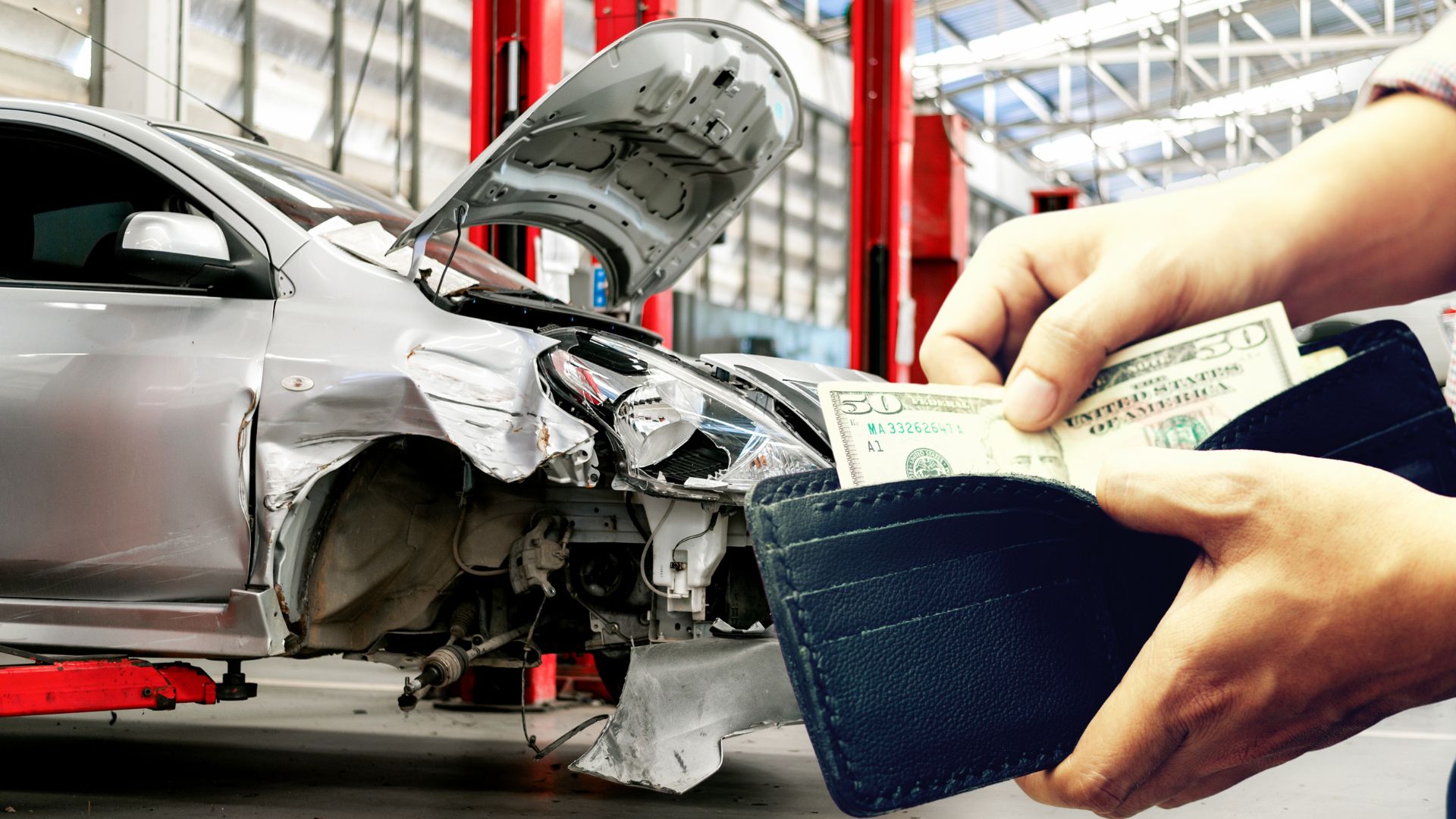Consumers and auto repair professionals alike are feeling the effects of State Farm’s new calibration pilot program, which began in October 2023. While the program promises to streamline advanced driver assistance system (ADAS) calibrations and reimburse repair facilities accurately, many Colorado-based shops are raising concerns about insufficient payments and challenges meeting manufacturer standards. The situation highlights growing pains not only for the insurance industry but also for consumers navigating post-collision repairs.
What Is State Farm’s Calibration Pilot Program?
State Farm launched its calibration pilot program for Colorado and Michigan, with plans to expand into Illinois, Indiana, Missouri, and Wisconsin on March 10, 2025. Through an agreement with Opus IVS, the program collaborates with Select Service repair facilities to identify necessary ADAS calibration operations. These calibrations are critical to ensuring that safety systems, such as collision avoidance and lane-keeping assist, function properly after an accident.
The initiative aims to provide consistent pricing for calibration services while streamlining communication between repair shops and the insurance company. Select Service facilities benefit from tools like the ADAS Map, which uses OEM data to identify calibration needs and document services. Shops are required to pay $3 per VIN to access the database but are not allowed to pass this cost on to State Farm or customers.
While the program initially sounded promising to repair shop owners, its implementation has uncovered significant hurdles, particularly for non-Select Service shops.
Challenges Faced by Independent Repair Shops
Megan Mueller, CEO of Ozzie’s Body Shop in Loveland, Colorado, explains that her excitement for the program quickly turned to frustration. Her shop, not included in the Select Service network, noticed that pricing offered in the program announcements wasn’t extended to non-participating facilities. Even more challenging, State Farm now only approves amounts quoted by two specific aftermarket calibration companies.
For Mueller’s shop, accommodating these calibration companies has proven nearly impossible. “My lot is not flat,” she said, further pointing out the inadequate lighting and limited space in her facility for proper calibrations. She doubts these conditions meet manufacturer standards, raising concerns about vehicle safety after repairs.
The result? Her shop often uses a trusted calibration company that operates with proper OEM procedures, but this forces customers to pay out-of-pocket expenses. Customers frustrated by unexpected costs must weigh safety against affordability, and many are left feeling stuck or misinformed.
Cost Discrepancies and Payment Delays
Michael Arellano, general manager at Rickenbaugh Collision Center East in Aurora, Colorado, has encountered similar challenges. State Farm recently began relying on Mitchell1 labor time study prices to determine calibration payments. Arellano requested a copy of the study but was unable to obtain it from a State Farm adjuster.
The reliance on unclear or incomplete data leaves repair shops scrambling to bridge pricing gaps. Arellano cites instances where State Farm’s supplementary payments for calibrations fall 50% below actual costs. Some repaired vehicles remain in his shop weeks after completion because the insurance company hasn’t covered the full repair cost.
Aurora Collision Center’s owner Rick Elsinger shared an incident where State Farm resisted a calibration payment for a rear-end collision, overlooking GM’s position statement that mandates calibrations for all collisions. Disagreements like these leave repair shops and consumers footing the bill for proper repairs or settling for unknown levels of quality.
What Does This Mean for Consumers?
For consumers, navigating post-collision repairs is becoming increasingly daunting. On one hand, State Farm’s calibration pilot program offers some advantages for Select Service facilities, providing tools to help streamline the claims and repair process. On the other hand, customers utilizing independent, non-participating shops often find themselves caught in the middle of a tug-of-war over pricing and safety standards.
When vehicles aren’t properly calibrated to manufacturer specifications, safety can be compromised. ADAS features like automatic emergency braking or blind spot monitoring may not function accurately, putting drivers and others on the road at risk. To prevent this, many consumers are opting to pay out of pocket for trusted calibration services. However, not everyone has the financial flexibility to make that choice, leaving safety as another unintentional privilege tied to affordability.
Bridging Gaps Between Technology and Standards
State Farm’s pilot program underscores a growing issue of integrating modern technology into insurance and repair workflows. ADAS features are pivotal in today’s vehicles, yet their complexity requires repair processes that adhere strictly to OEM specifications. Both repair shops and insurance providers must find common ground to ensure safe, efficient, and fair practices benefitting all parties involved.
While tools like Opus IVS’ ADAS Map can simplify the calibration process, questions remain about accessibility, costs, and the level of training required to utilize them effectively. For now, it’s important for consumers to advocate for themselves, stay informed, and ask questions about whether repairs are being completed to the manufacturer’s standards.
Looking Ahead
Repair shops and insurers alike have a responsibility to adapt to the growing prevalence of advanced vehicle technologies. With ADAS systems only becoming more widespread, addressing these hurdles now is vital to preventing larger issues in the future. Across the repair industry, the focus must be on safety, transparency, and collaboration.
For the average driver, these developments signal a need for vigilance. Ask detailed questions about calibration methods, research reputable repair facilities, and don’t shy away from seeking a second opinion if something seems off. Technology like ADAS has the power to make driving safer for everyone, but only when implemented under proper conditions.
If this calibration pilot program is to succeed, insurers and repair shops must prioritize building a system that ensures all vehicles returned to the road not only meet cost efficiency goals but, above all, safety standards. Moving forward, fostering trust between all stakeholders will be the ultimate determinant of progress.


